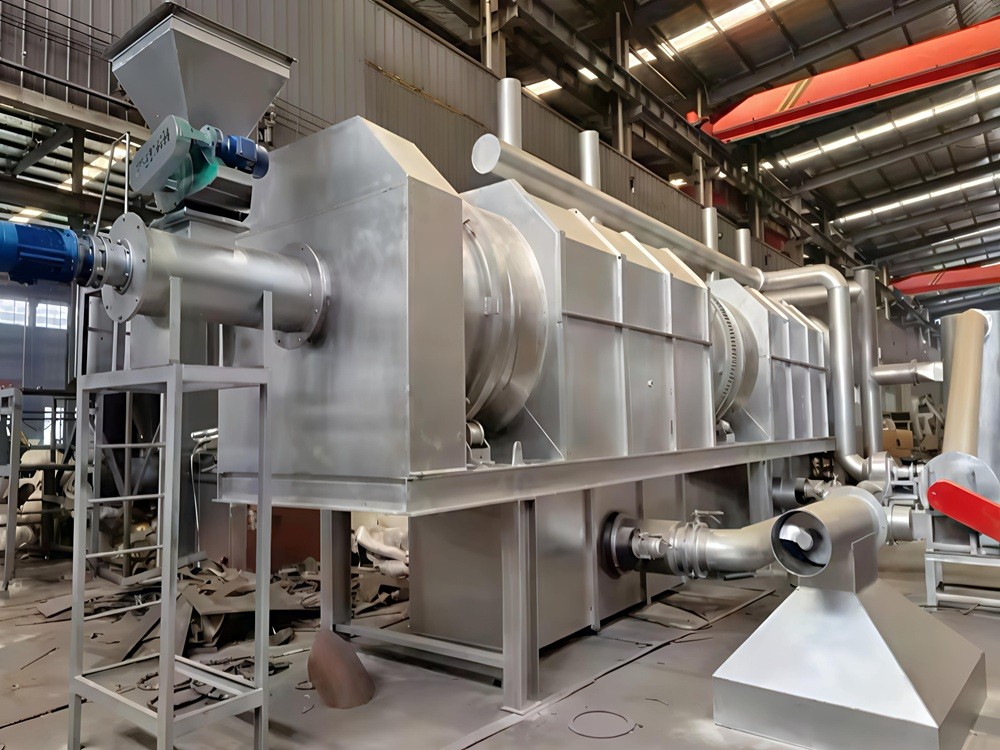Revolutionizing Can Recycling: The Paint Removal and Carbonization Process
Sep 29, 2023
Aluminum can recycling has taken a significant leap forward with the adoption of paint removal and carbonization technology. This innovative approach combines efficiency with environmental responsibility, offering a sustainable solution for metal recovery.
How the Technology Works The process begins with shredding used cans into fragments approximately 5cm in size. This uniform size ensures consistent heating in subsequent stages. The shredded material then undergoes cleaning to remove contaminants like oils and residues.
The cleaned fragments enter a continuous carbonization furnace where they're heated in an oxygen-free environment. Through thermal decomposition at controlled temperatures, the paint layers soften and break down into gas and carbon black, separating cleanly from the aluminum base. The furnace's rotating design ensures even heat distribution throughout the process.
After carbonization, the aluminum material goes through cooling and mechanical processing to remove any remaining carbon residues. The final output is pure aluminum ready for smelting. Notably, the combustible gases generated during pyrolysis are captured and reused to power the equipment, creating an energy-efficient closed-loop system.
Key Advantages of the Process The automated continuous operation allows for 24/7 processing with daily capacity reaching tens of tons—significantly outperforming traditional chemical paint removal methods. The system achieves over 98% paint removal efficiency with minimal human intervention.
From an environmental perspective, the process eliminates the need for harsh chemicals, preventing contamination from acid or alkaline wastewater. Emissions are effectively treated through purification systems like activated carbon adsorption, meeting stringent air pollution standards.
The economic benefits are equally impressive. The resulting aluminum boasts higher purity levels, achieving recovery rates exceeding 95% when converted to recycled aluminum ingots. This creates substantial economic value while supporting circular economy goals.
Market Outlook and Applications Growing environmental regulations, including China's Solid Waste Pollution Prevention Law, are driving adoption of cleaner technologies like carbonization. The process's environmentally friendly characteristics facilitate compliance with environmental impact assessment requirements.
The technology also enables complete resource utilization. By-products such as carbon black can be repurposed as rubber fillers or soil conditioners, creating additional value streams while minimizing waste.
This advanced approach to can recycling represents a significant step toward sustainable manufacturing. By transforming waste into high-quality materials, it demonstrates how technological innovation can drive both environmental protection and economic growth.
اقرأ المزيد




